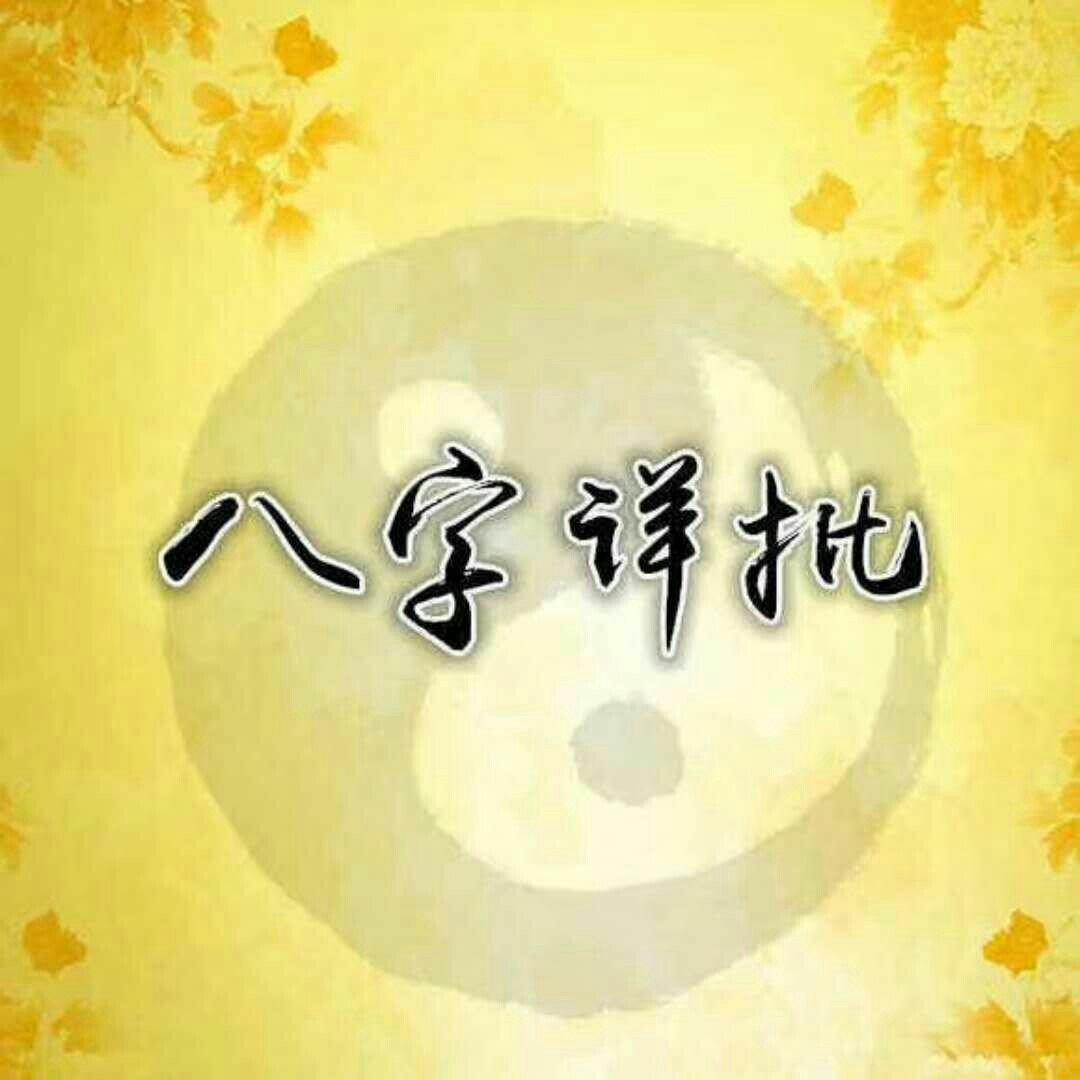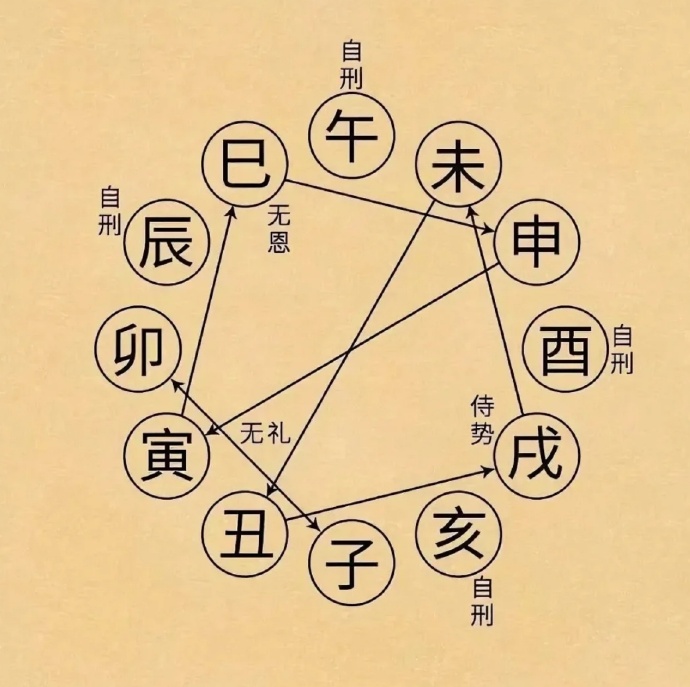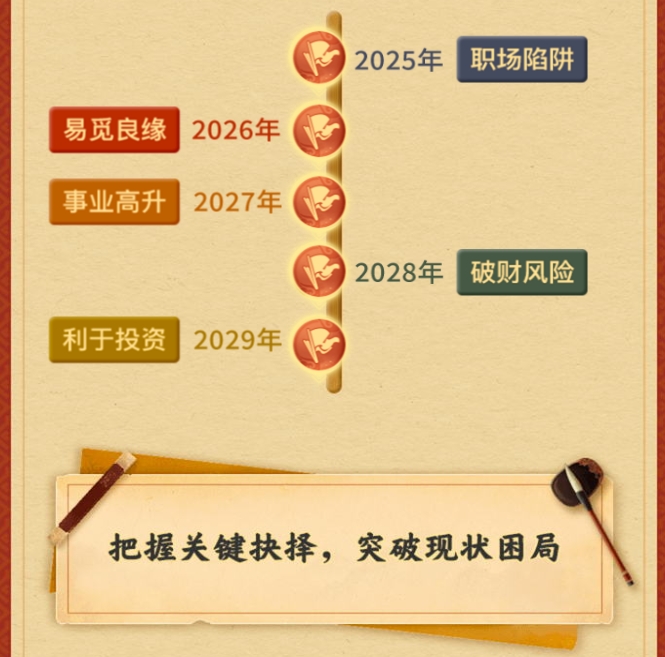How to Say August 3rd in English, Mastering Date Formats for International Communication
When discussing dates in English, many non-native speakers struggle with proper formatting and pronunciation. The date August 3rd presents particular challenges because it combines a month name with an ordinal number. In American English, this date would typically be spoken as "August third" or written as "August 3" or "August 3rd." The British English equivalent might be "the third of August," demonstrating how cultural differences affect date presentation.
The complexity increases when we consider different date formats used worldwide. While Americans follow month-day-year (08/03/2025), most European countries use day-month-year (03/08/2025). This variation means August 3rd could be misinterpreted as March 8th in international correspondence if not properly specified. Business professionals should always clarify their date format when communicating across cultures to prevent costly misunderstandings in scheduling and deadlines.
Understanding ordinal numbers proves essential for proper date pronunciation. Unlike cardinal numbers (one, two, three), ordinals (first, second, third) indicate position or order. From 1st to 31st, each date requires its unique ordinal suffix. The table below demonstrates how these suffixes change:
Formal writing contexts often dictate specific date formats. Academic papers typically require full month names rather than abbreviations to avoid ambiguity. For example, "August 3, 2025" appears more professional than "Aug 3, 2025" or "8/3/25." Legal documents frequently spell out dates completely as "the third day of August, two thousand twenty-five" to prevent tampering or misinterpretation of numerical dates.
Historical events associated with August 3rd demonstrate why precise date communication matters. On this date in 1492, Christopher Columbus set sail from Spain, beginning his voyage to the Americas. World War I saw Germany declare war on France on August 3, 1914. Journalists reporting these events needed clear date references to maintain historical accuracy. Modern historians continue this tradition when documenting significant occurrences.
International business correspondence requires careful attention to date formats. A contract dated 08/03/2025 means August 3rd to an American executive but March 8th to their British counterpart. Global companies often adopt the ISO 8601 standard (2025-08-03) to eliminate confusion. This logical year-month-day sequence sorts chronologically in digital systems while remaining unambiguous across cultures.

Digital calendars and scheduling tools have introduced new date representation challenges. When setting up meetings across time zones, platforms like Google Calendar display dates according to user preferences. The system might show "August 3" to one participant while displaying "3 August" to another based on their location settings. Understanding these variations helps prevent missed appointments in our interconnected world.
Educational systems approach date teaching differently across countries. American schools emphasize month-first formats, while British institutions teach day-first constructions. ESL teachers must address both methods to prepare students for international communication. Practical exercises might include converting dates between formats or role-playing scenarios requiring date clarification.
Military and emergency services use distinct date protocols for operational clarity. The U.S. military employs the day-month-year format without punctuation (3 August 2025) in official communications. This standardization prevents misinterpretation during critical operations where precise timing saves lives. First responders similarly benefit from unambiguous date references when documenting incidents.
Linguistic research reveals interesting patterns in date-related errors. Non-native speakers commonly mistake "August 3rd" for "August three" when first learning English. Native speakers occasionally write "August 3th" instead of "August 3rd," demonstrating that ordinal number rules aren't perfectly internalized. These mistakes highlight the complexity behind what seems like simple date expression.
Calendar applications have evolved to handle diverse date formats intelligently. When a user in Tokyo enters "2025/08/03" and a colleague in London inputs "03/08/2025," modern software recognizes both as August 3rd based on regional settings. This technological adaptation has significantly reduced international scheduling errors in multinational corporations.

Cultural celebrations tied to August 3rd illustrate date significance across societies. Some countries observe national holidays or historical commemorations on this date. Event organizers must ensure proper date representation in multilingual promotional materials to reach diverse audiences effectively. A festival advertised as "August 3rd" for English speakers might appear as "3 de agosto" for Spanish audiences.
Scientific research demands absolute date precision to maintain experimental integrity. Laboratory notebooks recording August 3rd observations must use unambiguous formats to prevent future confusion. Peer-reviewed journals often specify style guidelines for date presentation in manuscripts, typically favoring complete month names with four-digit years.
Travel industry professionals constantly navigate date format challenges when booking international itineraries. A flight departing "08/03/2025" could be interpreted two ways without clarification. Airlines increasingly use verbal confirmations like "August third" alongside numerical dates to ensure passenger understanding. Hotel reservations similarly benefit from explicit date communication.
Legal systems treat date interpretation with utmost seriousness. Court documents bearing August 3rd dates must be unambiguous to establish timelines for statutes of limitations or contractual obligations. Notaries public often verify dates in multiple formats when authenticating international agreements to prevent future disputes over effective dates.
Medical records require precise dating for patient safety. A prescription dated 08/03/2025 could lead to dangerous medication errors if misinterpreted. Healthcare providers increasingly use verbal confirmations alongside written dates when discussing treatment schedules with patients from diverse cultural backgrounds.

Personal correspondence shows more flexibility with date formats. While formal letters maintain traditional structures, informal emails or texts might use abbreviated forms like "Aug 3" among familiar contacts. Social media platforms often automate date displays according to user preferences, reducing potential confusion in casual communication.
Financial transactions rely on accurate dating for proper processing. Checks dated August 3, 2025 must be interpreted consistently by banks worldwide. International wire transfers require unambiguous value dates to prevent settlement delays. Financial institutions have developed sophisticated systems to reconcile different date formats across banking networks.
Event planning professionals emphasize date clarity when coordinating international conferences. A symposium advertised as "August 3-5, 2025" to American attendees might appear as "3-5 August 2025" for European participants. Savvy organizers include both formats in global marketing materials to ensure universal understanding of event timelines.
As digital communication expands globally, the ability to express dates clearly in English becomes increasingly valuable. Whether writing August 3rd as "8/3/2025," "August 3, 2025," or "the third of August," context and audience should guide format selection. The most effective communicators adapt their date presentation style to ensure their message transcends cultural boundaries without losing precision or professionalism.